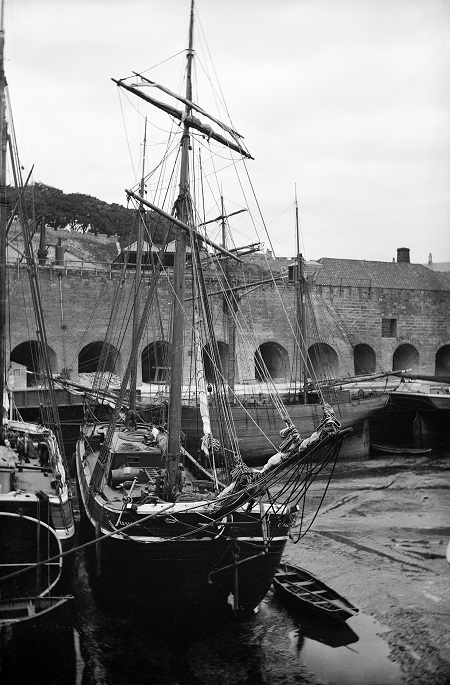The Charlestown Limekilns
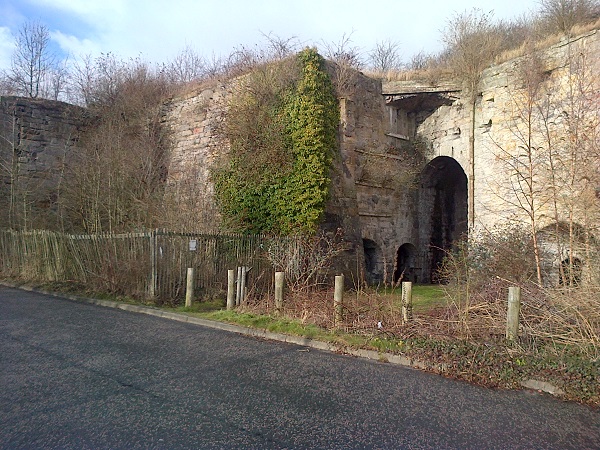
The Limekilns before conservation work began.
The limeworks at Charlestown were developed in the 18th century by Charles, 5th Earl of Elgin. The limekilns complex, with its impressive bank of 14 kilns, was the largest of its kind in Scotland, and played a key role in the industrialisation process by supplying quicklime for both agriculture and construction. Built from sandstone, the large tunnel openings give access to side drawholes that serve the kiln shafts. These drawholes controlled airflow to regulate the the rate of burning and allow quicklime to be drawn out of the kiln. The harbour was specifically built to allow ships to get as close as possible to the kilns, so that product could be shipped out to the east coast of Scotland and further afield.
The Limekilns and Charlestown Harbour, 1882. Photo: HES.
As part of IFLI’s suite of projects that safeguard the Inner Forth’s important built heritage, conservation work was undertaken on the limekilns by Historic Environment Scotland. This has included the clearance of encroaching vegetation, replacing and repairing stonework, and installing new lintels and ironwork.
Wildlife was considered and catered for during this conservation project: bats will have continued access to the structure via specially commissioned brickwork, and nest boxes have been provided for swifts. The latter in particular is a terrific example of successful partnership working between the RSPB and HES, and demonstrates that built and natural heritage conservation can be complementary. These self-contained swift boxes will not damage the integrity of the limekilns structure, and have safeguarded a known nesting site for this important protected species.
To find out more about this project, download the end of project report from the 'downloads' section of this page.
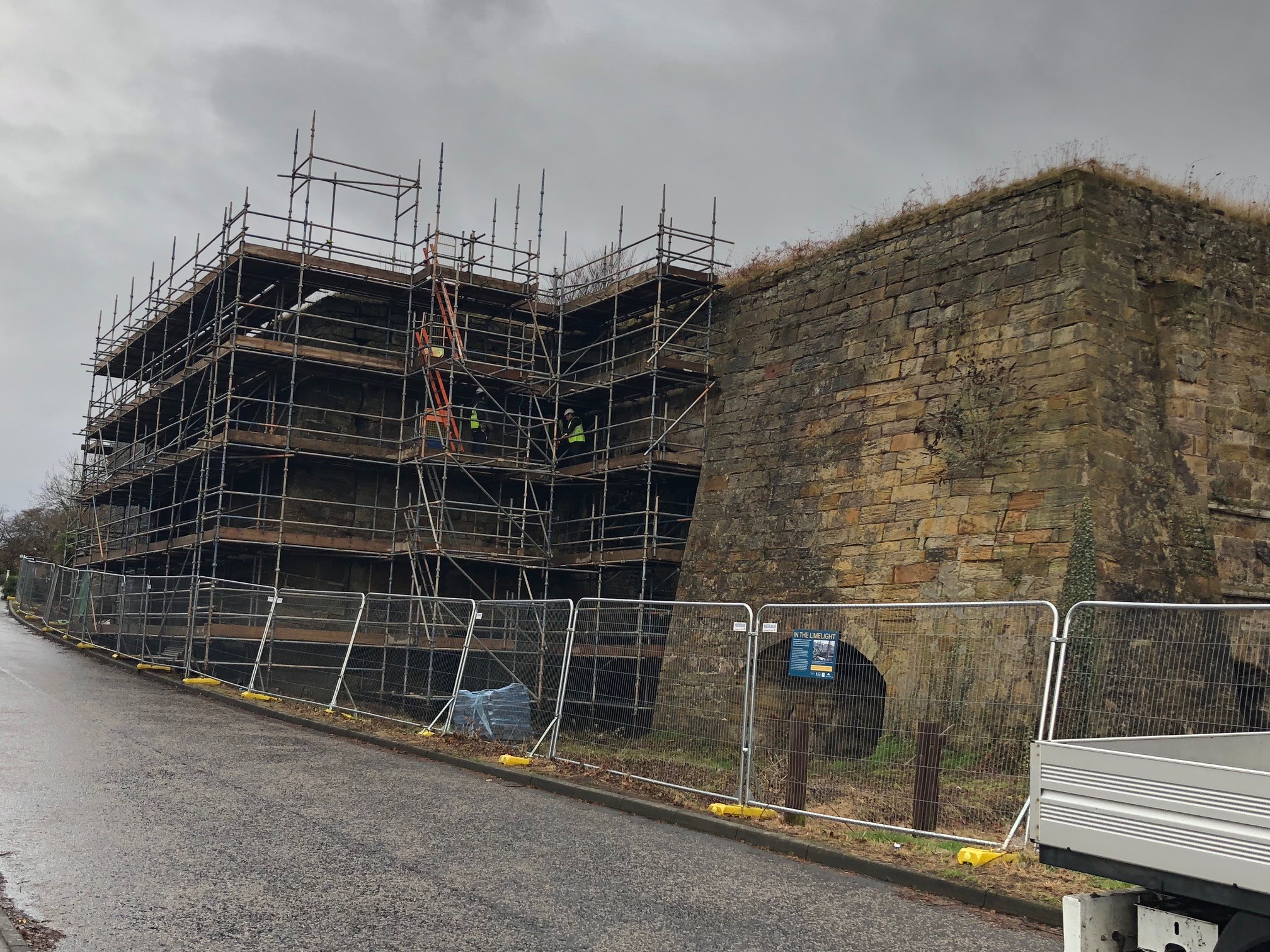
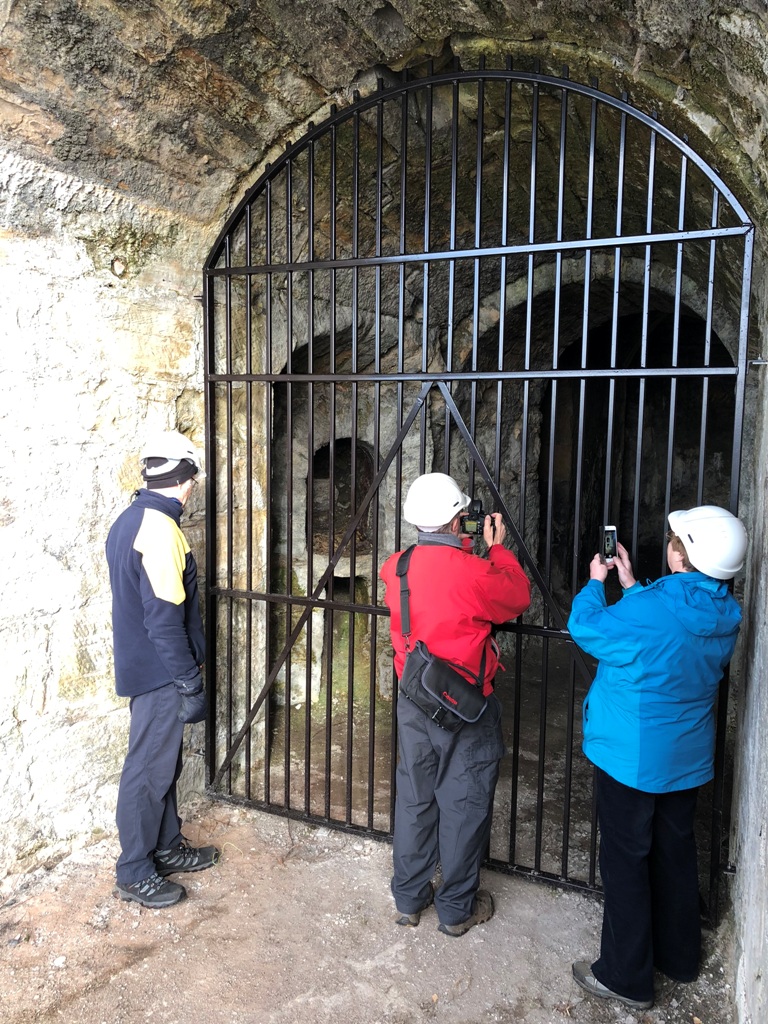
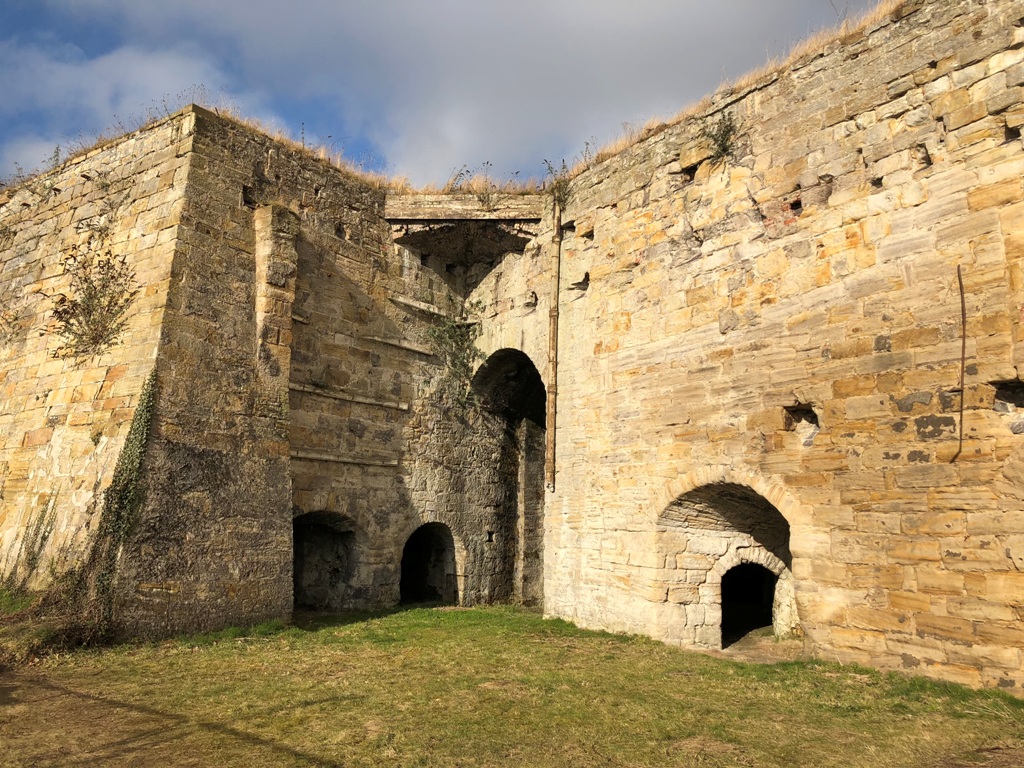
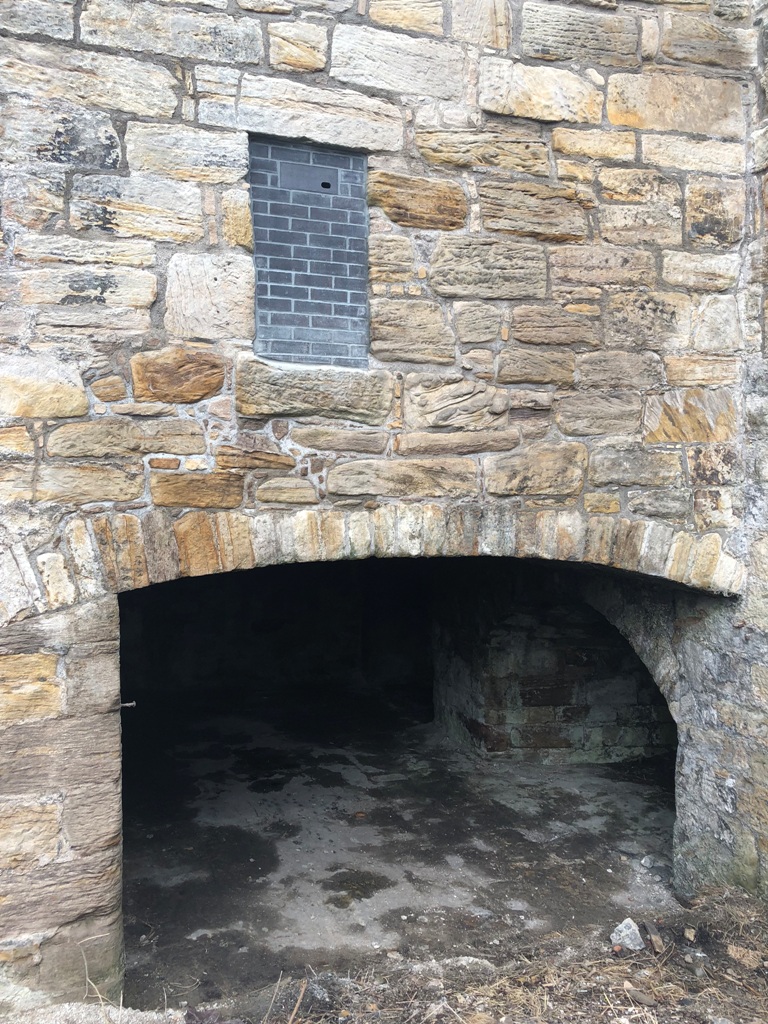
The limekilns during and after the consolidation works, 2018.

